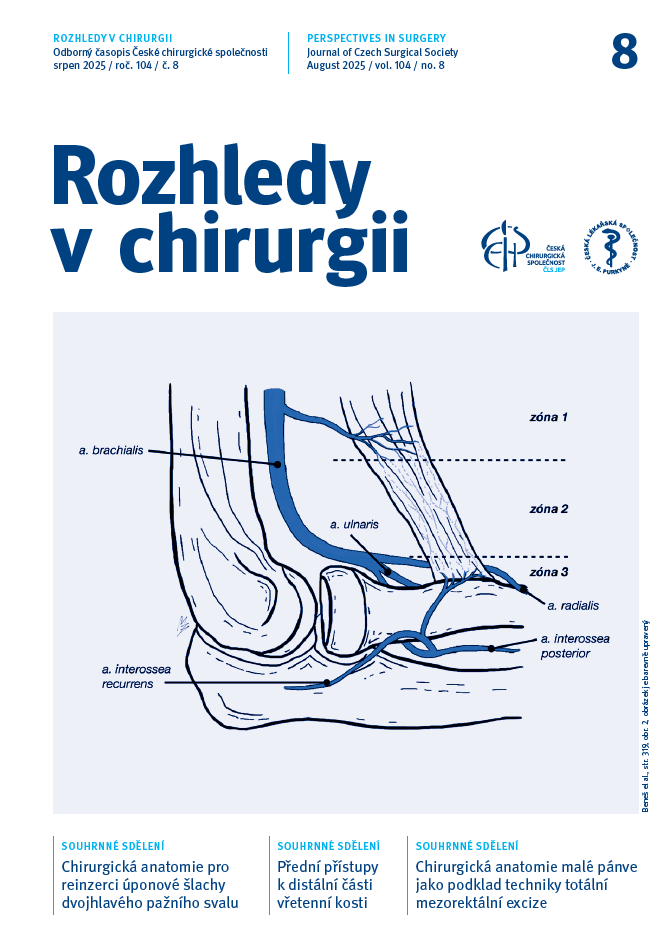Abstract
Clinically relevant variations in the area of the groove for the ulnar nerve include accessory muscles, accessory bones, and fibrous structures. Accessory muscles involve the epitrochleoanconeus muscle, chondroepitrochlearis muscle, and high origin of the pronator teres muscle. The nerve can also be compressed by the medial head of the triceps brachii muscle. Fibrous structures are found proximally, distally to the cubital tunnel, or directly at the location of the cubital tunnel and can cause compression of the ulnar nerve. Structures located proximally to the cubital tunnel include the medial intermuscular septum of the arm and Struthers’ arcade. The roof of the cubital tunnel is formed by Osborne’s ligament, which can cause compression of the ulnar nerve. Its absence is a predisposing factor for nerve dislocation. Among the bony structures, the clinical significance lies in the variability of the depth of the groove for the ulnar nerve. A shallow groove is a predisposing factor for compression of the ulnar nerve, especially during elbow flexion, which can lead to its subluxation or dislocation. The ulnar nerve itself also shows considerable variability. The ulnar nerve gives off branches innervating the joint capsule and motor branches for the both heads of the flexor carpi ulnaris muscle and a part of the flexor digitorum profundus muscle. Articular branches can hinder sufficient mobilization of the nerve during transposition, which can be overcome by intraneural dissection. During transposition, it is important to protect the motor branches to prevent paresis of the innervated muscles.
The variability of anatomical structures in the groove for the ulnar nerve is crucial for clinical practice, as it can complicate surgical approaches to the elbow, limit ulnar nerve transposition, or contribute to the development of cubital tunnel syndrome.
doi: 10.48095/ccrvch2025332


